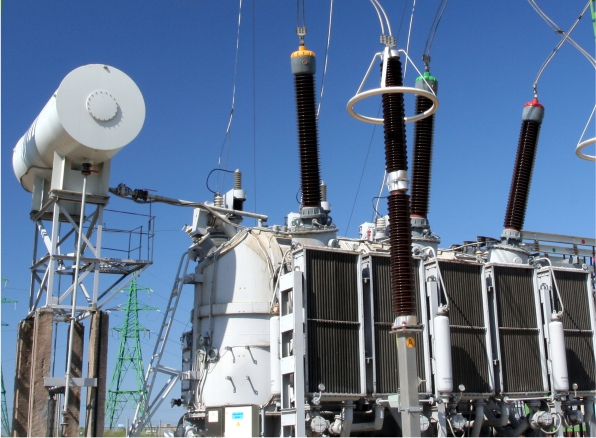RIS Bushing in Transformer: What It Is and How It Works
High voltage power transformers use RIS bushing, often referred to as Resin Impregnated Synthetic bushing, as an electrical insulator. It is constructed of a composite material with outstanding mechanical and electrical insulating qualities that is composed of glass fibres and epoxy resin. We shall go into great detail about RIS bushing in this article, including what it is and how it functions.
What is RIS Bushing?
An insulating element called a RIS bushing is utilised to physically separate the transformer tank or wall from the high voltage circuit. It is a sturdy cylindrical structure made to endure the significant electric stress that the transformer produces. Epoxy resin, which has exceptional insulating qualities and mechanical strength, is infused into the bushing.
How Does RIS Bushing Work?
A barrier is created by Putting bushing between the transformer tank or wall and the high voltage conductor. Since it offers a channel for the electric current to travel through the insulating material rather than through the air, the bushing is able to endure the high electric stress created by the transformer. Excellent electrical insulating capabilities are provided by the epoxy resin used in RIS bushing, which reduces the risk of electrical arcing and failure.
Benefits of RIS Bushing
There are several benefits of using RIS bushing in high voltage power transformers. These include:
- Improved insulation properties: RIS bushing provides excellent electrical insulation properties, which helps to prevent electrical arcing and breakdown.
- Increased mechanical strength: RIS bushing is made of a composite material consisting of glass fibers and epoxy resin, which provides excellent mechanical strength and durability.
- Longer lifespan: RIS bushing has a longer lifespan compared to traditional porcelain bushing, which reduces maintenance costs and downtime.
- Lower weight: RIS bushing is lighter in weight compared to porcelain bushing, which makes it easier to install and transport.
Conclusion
In conclusion, RIS bushing is a crucial part of high voltage power transformers because it offers mechanical robustness and electrical insulation. It is constructed from a composite material with outstanding insulation and durability features made of glass fibres and epoxy resin. Improved insulating qualities, better mechanical strength, a longer lifespan, and reduced weight are all advantages of RIS bushing. High-quality RIS bushing must be used in the building of high-voltage power transformers to ensure optimum operation.

.jpg)
Comments
Post a Comment